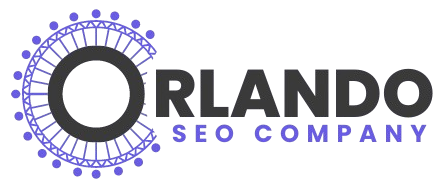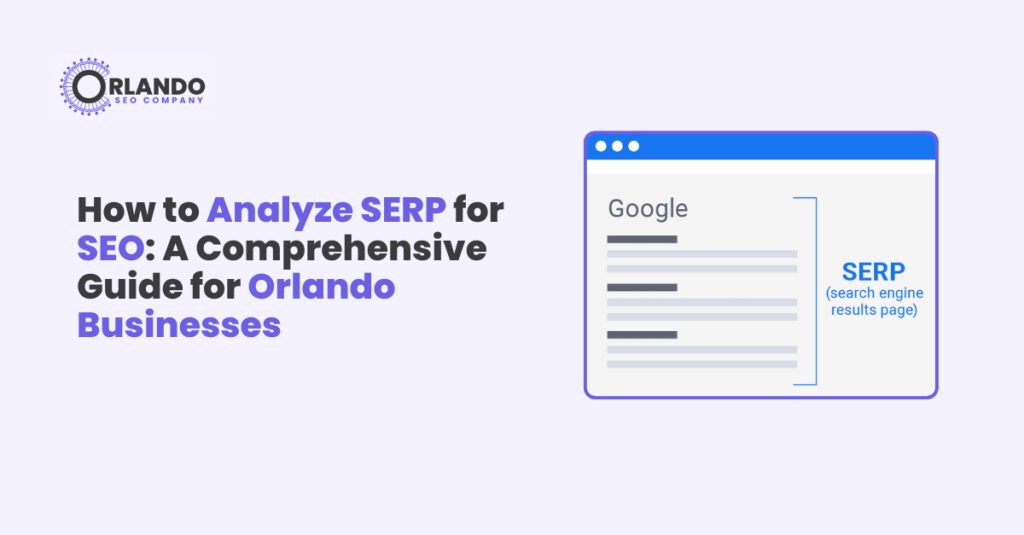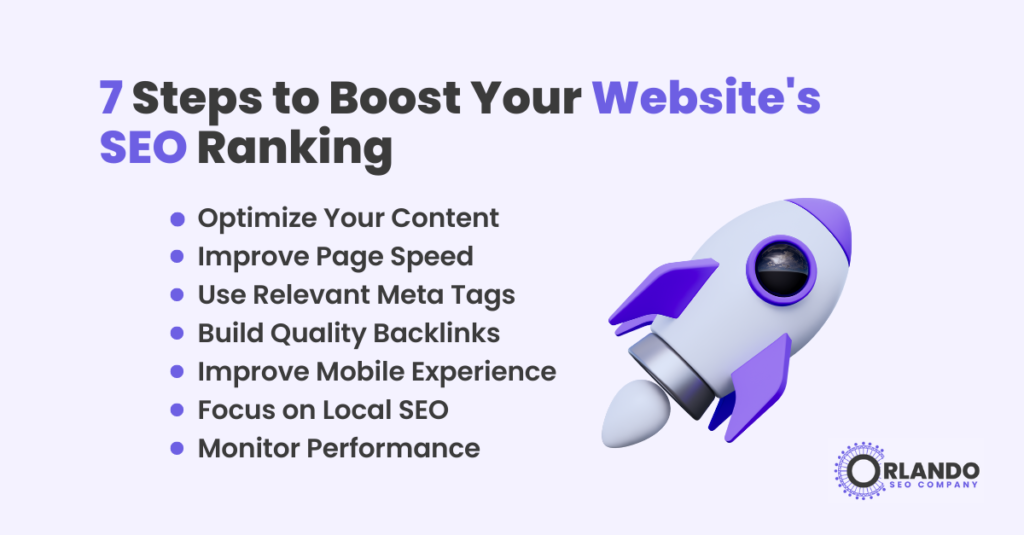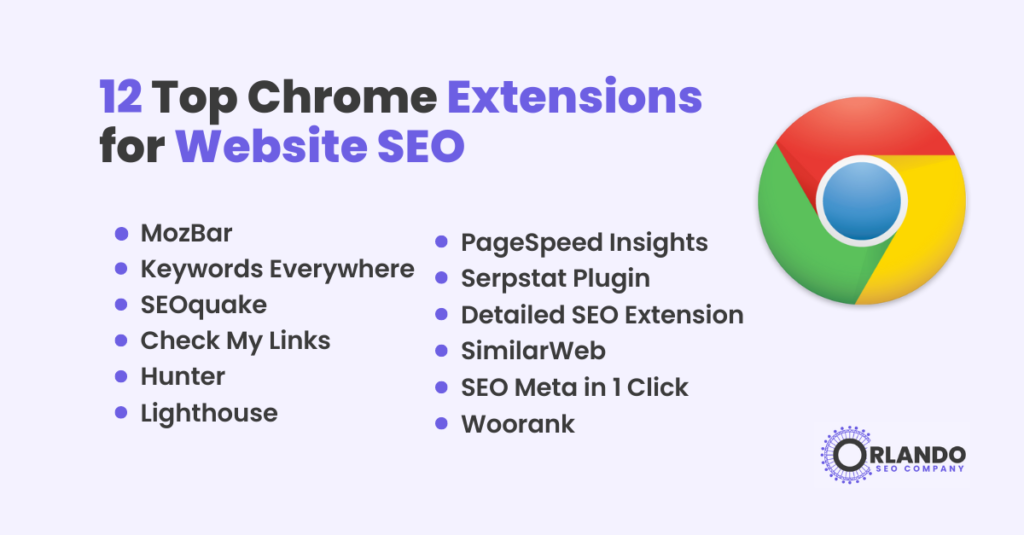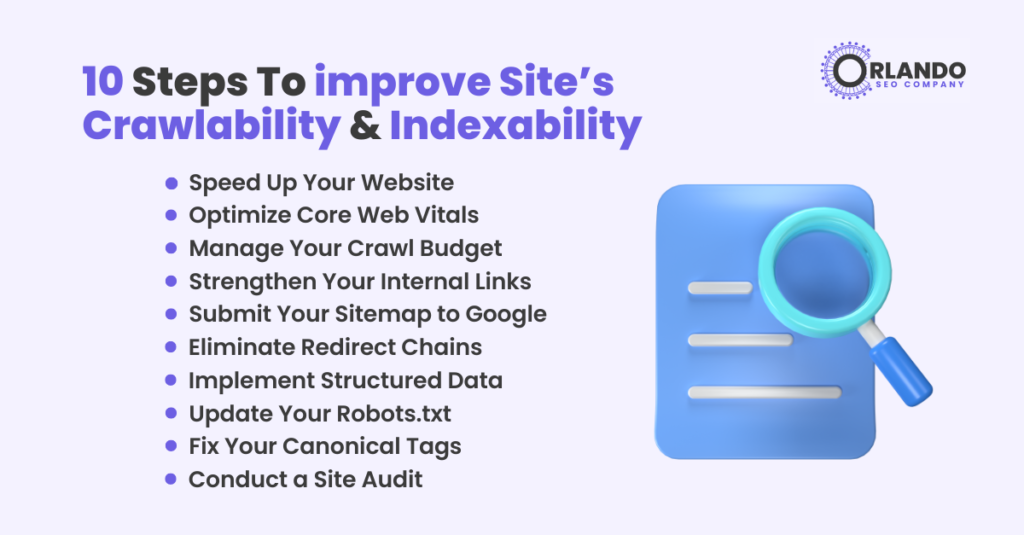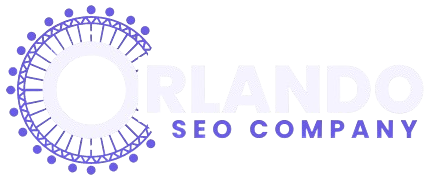How to Analyze SERP for SEO: A Comprehensive Guide for Orlando Businesses
What Is SERP Analysis and Why Does It Matter? SERP analysis involves studying the results displayed on search engine pages (like Google) for specific keywords to understand what it takes to rank higher. For Orlando businesses, this means identifying opportunities to optimize for local searches, such as “Orlando SEO services” or “best restaurants in Orlando.” Why is SERP analysis critical? At Orlando SEO, we use SERP analysis to help clients boost their rankings and attract more customers in the Orlando area. Step 1: Identify Your Target Keywords Before diving into SERP analysis, you need to know which keywords to analyze. For Orlando businesses, this often includes local keywords that reflect your services or products. How to Choose Keywords: For example, at Orlando SEO, we target keywords like “Orlando SEO expert” to attract local clients looking for professional services. Step 2: Analyze the SERP Layout Once you have your target keywords, visit Google and search for them. Observe the SERP layout to understand what Google prioritizes for that query. Key Elements to Look For: For instance, searching “Orlando SEO services” might show a local pack with top SEO agencies, a featured snippet with a definition of SEO, and organic results from authoritative blogs. This tells you that optimizing for local SEO and creating educational content could be key. Step 3: Understand User Intent User intent is the “why” behind a search query. Google’s goal is to match results to the searcher’s intent, so your content must align with it. There are four main types of intent: How to Analyze Intent: At Orlando SEO, we tailor our clients’ content to match intent. For “Orlando SEO services,” we optimize service pages for transactional intent and create blog posts for informational queries like “how to improve SEO in Orlando.” Step 4: Study Your Competitors Competitor analysis is a crucial part of SERP analysis. By studying the top-ranking websites, you can identify what they’re doing right and how to outperform them. How to Analyze Competitors: For example, if a competitor ranks for “Orlando digital marketing” with a 2,000-word guide, strong backlinks, and a mobile-optimized site, you’ll need a similar or better strategy to compete. Step 5: Optimize for SERP Features SERP features like featured snippets, local packs, and “People Also Ask” boxes can significantly boost visibility. Optimizing for these features is especially important for Orlando businesses targeting local customers. How to Optimize: At Orlando SEO, we’ve helped clients appear in local packs by optimizing their Google Business Profiles and creating location-specific content. Step 6: Assess Technical SEO Factors Technical SEO ensures your website is crawlable, fast, and user-friendly—key factors for ranking well. During SERP analysis, check if top-ranking sites have strong technical SEO. Technical Elements to Evaluate: For example, if top-ranking Orlando SEO agencies have fast, mobile-friendly sites with schema markup, you’ll need to match or exceed these standards. Step 7: Track and Refine Your Strategy SERP analysis isn’t a one-time task. Google’s algorithm and competitor strategies change, so you must monitor and adapt. How to Track and Refine: At Orlando SEO, we continuously monitor SERPs to ensure our clients stay ahead of the competition. Tools for Effective SERP Analysis To streamline your SERP analysis, use these tools: These tools are part of our toolkit at Orlando SEO to deliver results for our clients. Common Mistakes to Avoid in SERP Analysis Why Choose Orlando SEO for Your SERP Analysis? At Orlando SEO, we understand the unique challenges of ranking in a competitive market like Orlando. Our team conducts in-depth SERP analysis to create tailored strategies that drive results. Whether you’re a small business or a large enterprise, we’ll help you: Ready to dominate Orlando’s search rankings? Contact Orlando SEO today for a free consultation. Conclusion SERP analysis is a powerful tool for improving your SEO and growing your Orlando business. By identifying target keywords, understanding user intent, analyzing competitors, and optimizing for SERP features, you can climb the rankings and attract more customers. At Orlando SEO, we’re here to guide you every step of the way. Start analyzing SERPs today and watch your organic traffic soar!
